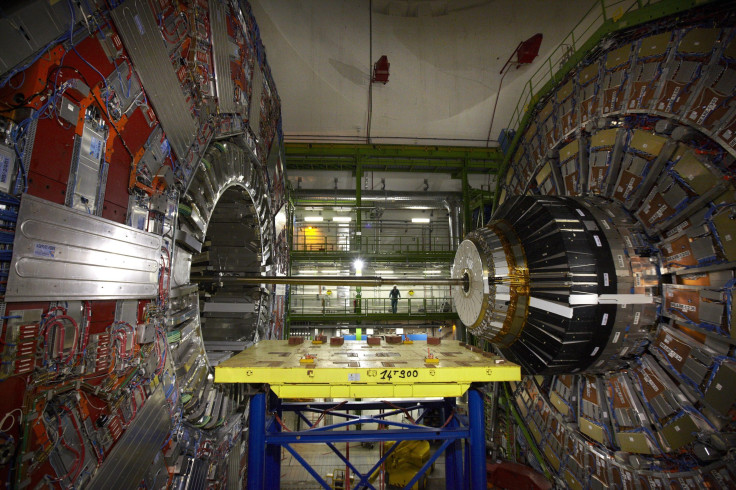CERN LHC Update: Large Hadron Collider Begins 2016 Run As Scientists Train Sights On Physics Beyond The Standard Model

The world’s largest particle accelerator is back in action. On Monday, scientists at the Large Hadron Collider at the European Organization for Nuclear Research (CERN) began circulating proton beams — which will now slowly be accelerated to an energy of 6.5 teraelectronvolts (TeV) — with the aim of gathering six times more physics data than they did in 2015.
After successfully carrying out proton-proton collisions at 13 TeV during the first phase of “Season 2” in 2015, the collider was turned off for a three-month “year-end technical stop” in December. It was turned back on in March, and since then — barring a minor incident with a marten — things have gone swimmingly.
“The restart of the LHC always brings with it great emotion,” Fabiola Gianotti, CERN's director-general, said in a statement Monday. “With the 2016 data, the experiments will be able to perform improved measurements of the Higgs boson and other known particles and phenomena, and look for new physics with an increased discovery potential.”
While the LHC would run at a collision energy of 13 TeV even during the second phase, this time, CERN operators will increase the protons per beam so that the LHC generates up to 1 billion collisions per second.

More collisions create more debris, and greater the amount of subatomic debris, higher the chances of finding a particle that is yet to be discovered.
“In 2015, we opened the doors to a completely new landscape with unprecedented energy. Now we can begin to explore this landscape in depth,” CERN's Director for Research and Computing Eckhard Elsen said in the statement.
One area researchers would be keen to explore is a mysterious “bump” in data that ATLAS and CMS — two of the detectors housed in the 17-mile ring of the LHC — discovered during the collider’s 2015 run. In December, CERN researchers announced that both the detectors had found, while sifting through the debris of proton-proton collisions, an unexpected excess of pairs of photons carrying around 750 gigaelectronvolts (GeV) of combined energy. Although the findings were far from conclusive and may yet turn out to be fluke, they may also be a telltale sign of a particle, about six times more massive than the Higgs boson, decaying into two photons of equal mass.
What makes this bump in data tantalizing is the fact that if such a particle is discovered, scientists would not know where to place it in the Standard Model — a theory that explains three of the four fundamental forces in the universe and offers the best description of fundamental particles.
However, since the Higgs boson was the last missing piece of the Standard Model, the discovery of a particle much heavier than the Higgs would probably achieve what particle physics has long hoped for — break the Standard Model and open the door to an era of new physics, one that may explain the preponderance of dark matter and dark energy in the universe.
© Copyright IBTimes 2024. All rights reserved.





















